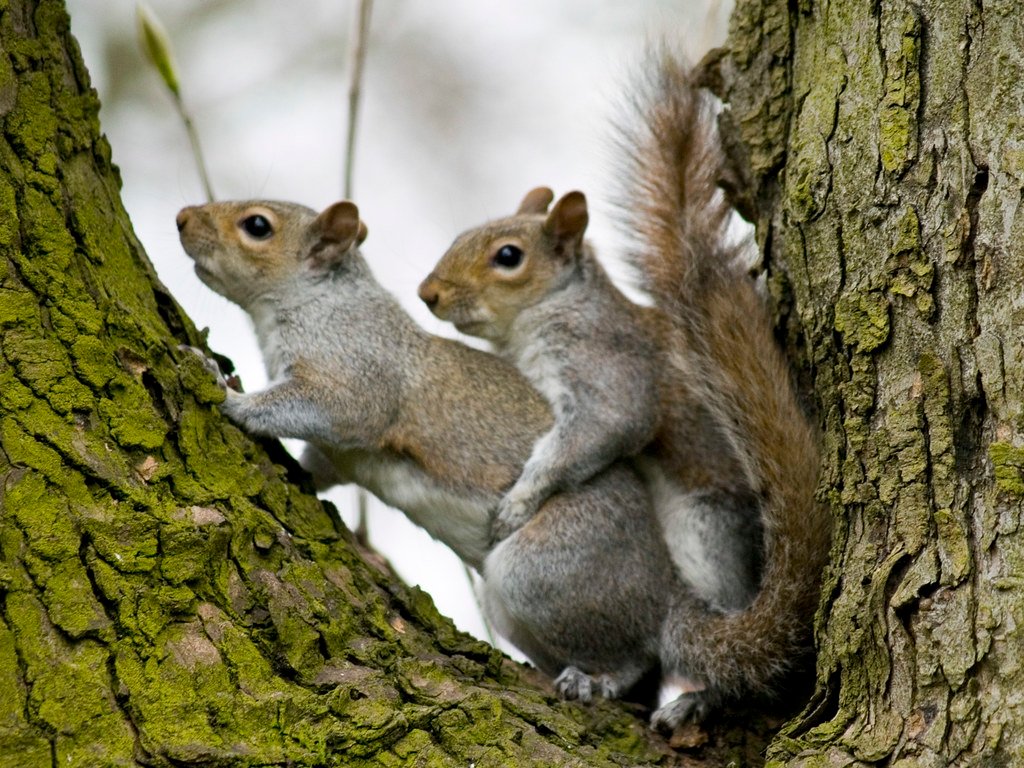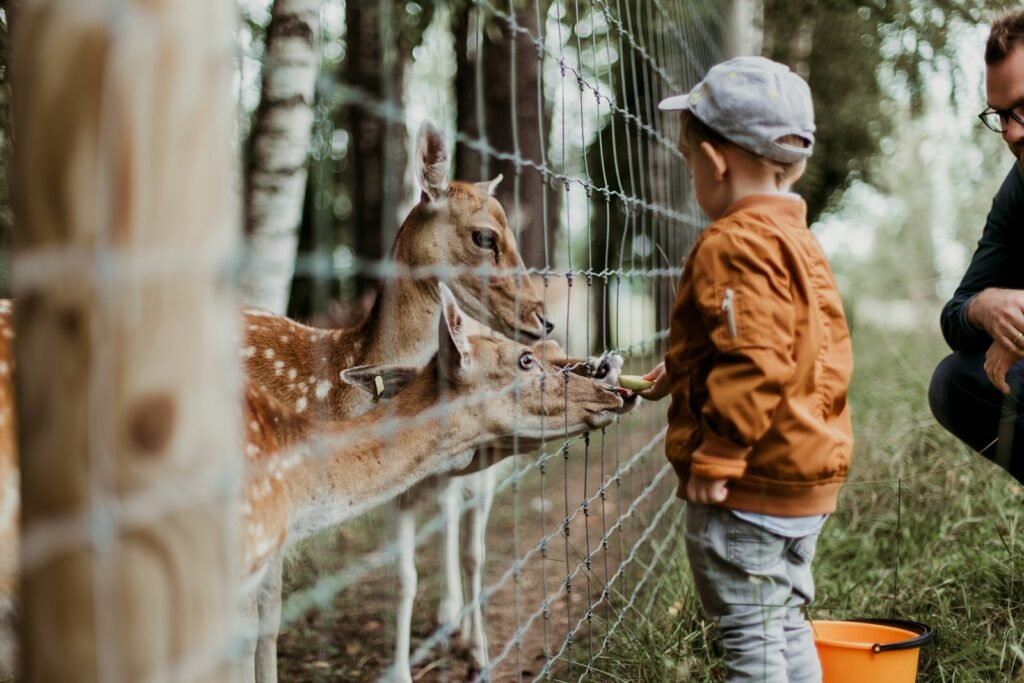The animal kingdom is a world filled with communities that are as diverse as they are intriguing. From the intricate societies of insects to the family-centric packs of mammals, the social structures of animal communities reveal a remarkable spectrum of behaviors and interactions. Exploring these social constructs not only enhances our understanding of the natural world but also sheds light on the evolution of social behavior, cooperation, and communication across species. Join us as we dive into the fascinating intricacies of animal communities and uncover the secrets behind their complex social lives.
Understanding Animal Social Structures

Animal social structures vary greatly across species and are influenced by factors such as environmental demands, food availability, and survival strategies. These structures range from solitary lifestyles to large, complex societies, each with its unique set of rules and hierarchies. Understanding these frameworks provides insight into how animals interact with one another and adapt to their surroundings for survival.
The Role of Hierarchies in Social Systems

In many animal communities, hierarchies play a pivotal role. Dominance hierarchies determine access to resources, mating opportunities, and social standing. For example, in wolf packs, an alpha pair leads the group, while subordinate members support and protect the overall wellbeing of the pack, ensuring survival and efficiency in hunting and raising young. These hierarchies often promote stability and order within the group, although they might also lead to competition and conflict.
Collaborative Behaviors and Teamwork

Cooperation is a hallmark of many animal societies. Bees and ants are prime examples of highly collaborative communities where individuals work collectively towards a common goal. Bees collect pollen and produce honey while ants operate in colonies that include workers and a queen to ensure the survival and prosperity of their species. Such teamwork and division of labor are vital for the success of these communities.
Communication: The Key to Social Interactions

Successful social interactions in animal communities often depend on effective communication. Animals use a variety of methods to convey messages, including vocalizations, body language, chemical signals, and visual displays. Dolphins, for instance, use complex vocalizations and clicks to communicate with each other, while African elephants utilize deep rumblings that can be detected over great distances, demonstrating the intricate ways animals exchange information.
Parental Care and Family Structures

Parental care varies greatly among animal communities. In some species, both parents participate actively in raising their offspring, as seen in many bird species where cooperative breeding and shared parental duties are common. In others, such as lions, a communal approach is adopted where multiple females may look after a litter, ensuring the cubs receive adequate care and protection from potential threats.
The Role of Altruism in Animal Societies

Altruistic behavior, where an individual sacrifices for the benefit of others, is observed in numerous animal communities. Meerkats, for example, demonstrate altruistic behaviors where one individual serves as a sentry, alerting the group of incoming danger at their own risk. This selfless behavior reinforces group survival and showcases the complex social dynamics at play in animal communities.
Social Learning and Cultural Transmission

Many animal communities exhibit the capacity for social learning, where individuals learn behaviors from observing others. This plays a crucial role in transmitting cultural habits and survival skills. For example, young chimpanzees learn to use tools by imitating older members of their group, passing knowledge through generations and enhancing their ability to adapt and thrive in their environment.
The Impact of Human Activity on Animal Social Structures

Human activities, such as habitat destruction, poaching, and climate change, can profoundly disrupt animal social structures. These disruptions may lead to changes in behavior, loss of habitat, and a decrease in population sizes, threatening the stability and survival of animal communities. Understanding these impacts is vital for implementing conservation strategies aimed at preserving biodiversity and the complex social networks within animal populations.
Conclusion

The complex social structures of animal communities are a testament to the diverse and adaptive nature of life on Earth. These societies, characterized by intricate hierarchies, cooperative behaviors, and effective communication, reveal the inner workings of animal interactions and survival strategies. By studying these communities, we gain valuable insights into the evolutionary and ecological principles governing the animal kingdom. As we continue to explore and understand these remarkable social systems, we are reminded of the importance of protecting and preserving the intricate web of life that spans our planet.




